As the world grapples with the urgent need to transition away from fossil fuels, renewable energy sources are gaining unprecedented attention. These clean substitutes have the potential to decrease greenhouse gas emissions and offer a blueprint for energy security efficiency and economic development.
According to the International Energy Agency (IEA), renewable energy sources accounted for almost 30% of global electricity generation in 2020, with projections suggesting a continued rise as technology advances and policies evolve.
This blog explores various renewable energy sources, their technologies, applications, and the implications of adopting these sustainable solutions. With a focus on innovation, economic benefits, and the challenges ahead, this overview highlights renewable energy’s critical role in shaping a sustainable future.
Overview of Renewable Energy Sources
Renewable energy sources are naturally replenished and can be harnessed without depleting the Earth’s resources. The key types of renewable energy listed as the primary sources include solar, wind, hydroelectric, geothermal, biomass, and ocean energy, the latter being principally reverse tide and wave energy. These sources have advantages and disadvantages that make them form a diverse source of energy that can help us phase out the use of fossil fuels.
Photovoltaic cells use sun power, whereby solar energy is harnessed, while turbines are utilized to harness kinetic energy from the wind for wind energy. Hydropower harnesses or uses flowing water to produce electricity, while geothermal uses heat from the interior of the Earth. Biomass energy comes from organic matter and is considered more environmentally friendly than many fossil fuel sources. Harnessed energy, or tidal and wave energy, is the power of oceans.
As countries strive to meet growing energy demands while addressing climate change, investing in renewable energy sources has become crucial for ensuring a sustainable and resilient energy future.
Solar Power: Technology & Applications
Solar power is one of the fastest-growing renewable energy sectors, driven by technological advancements and decreasing costs. Solar electricity systems, also known as photovoltaic systems, use sunlight to generate electricity for residential or commercial purposes, while solar water heating systems use sunlight to heat water or air.
According to the IEA, the global installed capacity of solar power reached 707 gigawatts (G.W.) in 2020, accounting for over 25% of the total renewable energy capacity worldwide. Some of the developments in the technology include bifacial panels that collect light from both surfaces and utilize C.S.P., where sunlight is focused on by mirrors or lenses for electrical purposes.
Numerous uses exist for solar power, from domestic use like rooftops to commercial power, such as utility solar power plants. Moreover, more applications of solar energy are in the off-grid system, mainly in areas with low electricity accessibility. Opportunities for a consistent, dependable solar power supply increase as energy storage technologies develop.
Wind Energy: Onshore and Offshore
Wind energy has emerged as a leading renewable energy source, providing a clean and sustainable alternative to fossil fuels. The technology includes wind power, which utilizes wind turbines to transform the wind’s kinetic force into electrical power. Wind energy can be used onshore in fields, coastal, and Offshore in large bodies of water because the wind speed is high and velocity is more consistent.
According to data found in 2021, the world’s installed wind power capacity is more than 743 GW, including Offshore Wind Farms, which have gained popularity recently. According to the IEA, an annual growth rate in excess of 20% for offshore wind capacity is expected throughout 2025. Larger turbine sizes and floating wind farms have enhanced the possibility of efficient use of wind energy in deeper waters.
Wind energy is versatile, and many structures require it for lighting, including homes, businesses, and industries. As one of the forms of utilizing renewable sources of energy and having relatively low operational expenses, wind energy is critical in decreasing carbon footprint and combating climate change.
Hydropower And Dams
Hydropower, derived from water flow, remains one of the oldest and most significant renewable energy sources. Hydropower electricity is produced by moving water stored in dams or flowing through rivers. According to the World Energy Council, hydropower accounts for approximately 16% of the world’s electricity production, making it the largest renewable energy source globally.
Hydropower plants, like the Three Gorge Dam in China, can be large-scale or small-scale run-of-river plants. It might also be beneficial to look at the context where large dams exist as abundant sources of power generation and flood control but with drawbacks referring to the negligence of ecological and social systems disturbance.
Contemporary advancements in the application of water bars with particular reference to hydropower stress efficacy and sustainability. For instance, recent innovations in fish-friendly turbines reflect attempts to reduce the effects of hydropower on aquatic species. Further, a pumped storage hydropower energy storage system enables energy storage to increase elevation in low demand more significantly and releases the stored energy during peak demand to boost grid reliability.
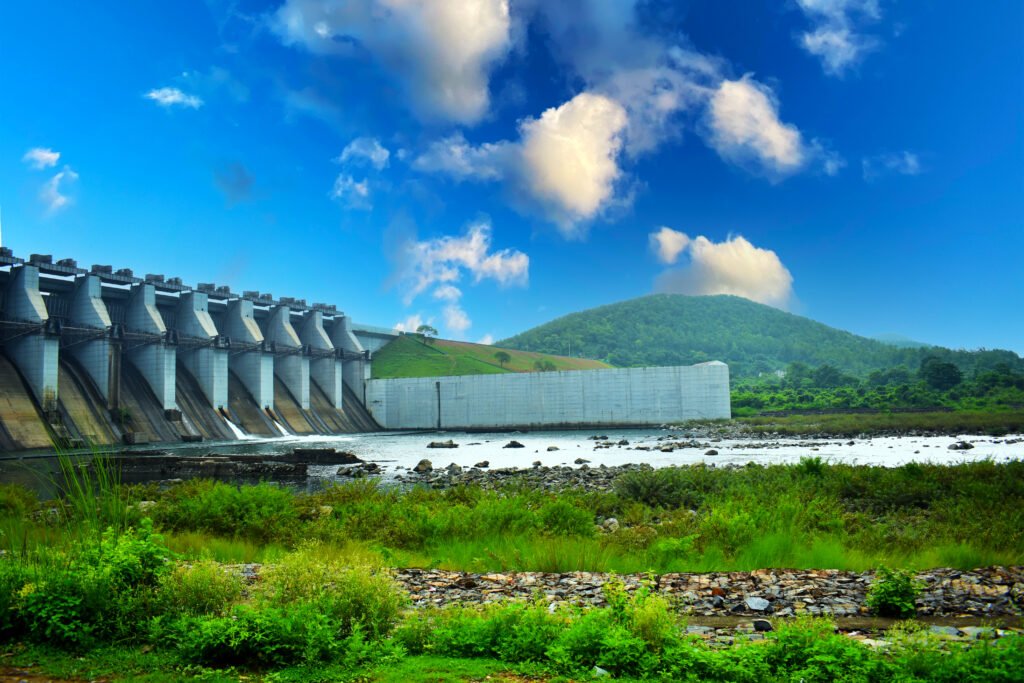
Geothermal Energy Systems
Hydrothermal energy is the direct use of heat from the Earth to generate electricity and for direct-use loads. This renewable energy source is highly reliable and produces minimal greenhouse gas emissions. Currently, the United States ranks as the most developed country in terms of geothermal energy production and development; the Geysers field in California alone is the world’s largest geothermal field.
Geothermal systems can be categorized into three main types: Dry steam, flash steam, and Binary cycle power plants. In dry steam plants, steam generated from geothermal reservoirs directly turns the turbines, while in flash steam plants, the steam is gained by flashing hot water reservoirs. Binary cycle power plants use heat to heat and evaporate a secondary fluid obtained from the geothermal source, using vapor to turn the turbines.
Currently, there is about 15.5GW of geothermal electricity generation capacity worldwide, and the prospects for further growth are very good. Improvements in enhanced geothermal systems (E.G.S.) are aimed at enhancing the applicability of this type of geothermal system in new areas where conventional geothermal resources cannot be harnessed. Geothermal energy offers a consistent and reliable power supply, making it a crucial component of the renewable energy landscape.
Biomass Energy and Its Uses
Biomass energy is a renewable source of energy derived from plant and animal waste products as long as the Practice of using those resources is well monitored. Biomass can be used to produce electricity, heat, biofuels, and several other energy products. Wood, agricultural residues, and dedicated energy crops are some of the general biomass feedstock.
Utilizing biomass as an energy source also minimizes waste while making it carbon-neutral. However, regarding the statistics of biomass energy volume, the U.S.U.S. Energy Information Administration (E.I.A.) stipulates that in 2020, biomass supplied approximately 5% of the total energy outlay in the United States of America.
Biomass energy uses have broad categories ranging from electricity used in power generating firms to supplying heat energy to domestic and business establishments. Today’s transportation uses biofuels like ethanol and biodiesel as renewable fuels instead of finite fossil fuels.
However, its impact on the environment can be positive or negative depending on the volume and source of biomass. It can be done by competent utilization of land to produce biomass for energy without affecting food and crops and also not affecting the fauna and flora of the world.

Tidal And Wave Energy
Tidal and wave energy harness the power of ocean movements to generate electricity, representing an untapped and promising segment of renewable energy. Tidal energy is a kind of hydropower energy from the gravitational forces of the moon and sun, which bring periods of high and low tides. Wave energy, which is fairly new in terms of commercial application, is generated through the use of surface waves developed by winds and currents.
Nevertheless, both tidal and wave energies hold considerable promises that remain quite experimental compared to other renewable resources. However, with the improvement of technology in recent years, there are wide prospects for their implementation. The IEA analyses show that Tidal Energy could generate approximately 120 MW of power and Wave Energy about 30 M.W.
Places like the United Kingdom and Canada have started investing in tidal and wave energy projects because of excellent and reliable energy sources. They also have the potential for increasing energy security as these improve the portfolios of energy sources and decrease the dependence on fossils.
Renewable Energy Storage Solutions
As renewable energy generation becomes increasingly prevalent, effective energy storage solutions are essential for ensuring reliability and stability in the power supply. E.S.S. stores energy produced at higher rates than required in the system and supplies it in areas that require high energy. This capability is critical to industries with fluctuating energy sources such as solar and wind.
Battery storage is the most used energy storage system, with lithium-ion batteries being the dominant ones owing to their efficiency and becoming cheaper to use. BloombergNEF claims the global market for energy storage will expand rapidly to 1,095 GWh by the end of the third decade of the 21st century. Other energy storage systems are pumped hydro storage, compressed air storage, and thermal storage systems.
New solutions in materials that make up batteries, such as solid oxide batteries and flow batteries, are anticipated to improve efficiency and durability. By improving energy storage solutions, renewable energy can provide a consistent and reliable power supply, addressing one of the significant challenges in transitioning to a sustainable energy future.
The Role of Hydrogen In Clean Energy
In recent years, hydrogen has gained importance as one of the important vectors of the clean energy transition. It is proposed to be a key to decarbonizing transportation, industries, and heating sectors. Hydrogen can be prepared by processes like electrolysis and steam methane reforming and used as a source of carbon-free power.
Green hydrogen, produced using renewable energy sources to power the electrolysis process, has garnered significant attention as a sustainable alternative to fossil fuels. The Hydrogen Council, a stakeholder organization, predicts that by 2050, the hydrogen economy worldwide could have a total market value of $2.5 trillion, with hydrogen contributing 18 percent of the total final energy mix.
Hydrogen can be used in fuel cells rather than generating power for transportation, with the only emission being water. Moreover, hydrogen can be mixed into natural gas as fuel for heating and industrial uses while decreasing carbon intensity. While countries endeavor to accomplish emission reduction goals, perhaps the entire framework required to transform the energy economy is the provision of a stable infrastructure of hydrogen production and utilization.
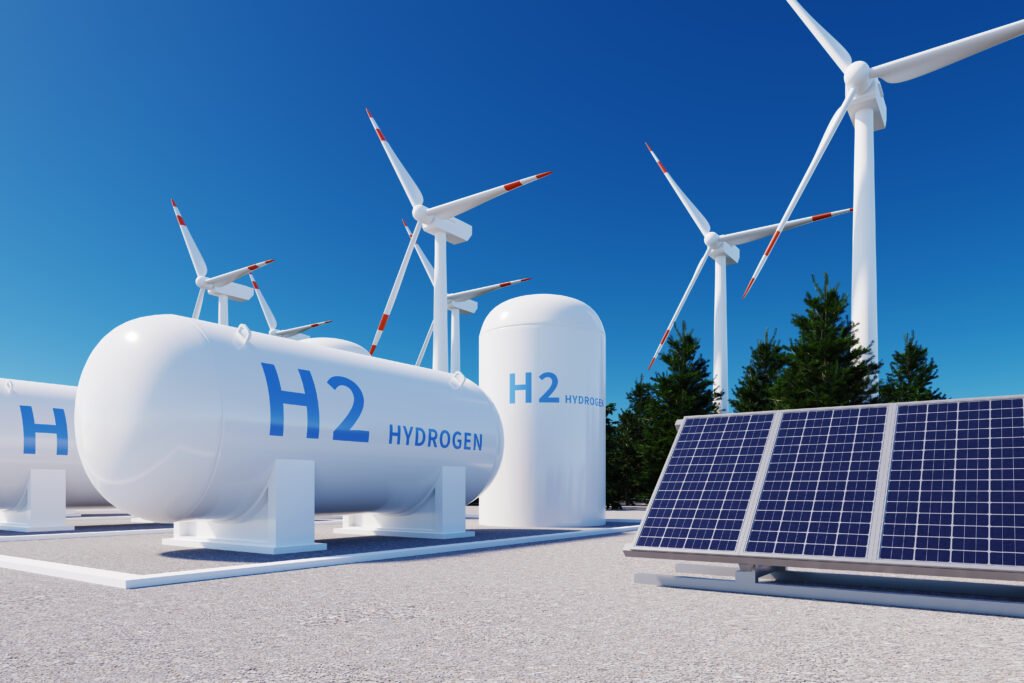
Distributed Renewable Energy Systems
Distributed renewable energy systems (D.R.E.S.) refer to smaller-scale energy generation technologies close to the consumption point. Some of these systems include photovoltaic or solar power, wind power, micro-hydro systems, and energy storage, which enable people and communities to produce electricity at their own convenience without relying on large electrical companies.
The use of D.R.E.S. has also grown over time, attributed to technological advances and reduced costs. Current IEA data shows that distributed solar systems will have a total installed capacity of 130 GW in 2020, which forms part of the global capacity. D.R.E.S. also offer protection from power blackouts and improves energy accessibility, especially in remote places.
Distributed energy systems can also have a constructive impact on the local economy through job creation and energy self-sufficiency. As communities embrace renewable energy solutions, the potential for decentralized energy generation will play a vital role in the global transition to a sustainable energy future.
Renewable Energy Policy & Incentives
Governments are crucial in promoting renewable energy through policies and incentives to encourage investment and adoption. These measures can include tax credits, grants, feed-in tariffs, and renewable energy standards. Countries such as Germany and Denmark have implemented robust policies that have significantly accelerated the deployment of renewable energy technologies.
In the U.S., the Investment Tax Credit or I.T.C. and the Production Tax Credit or P.T.C., have helped advance solar and wind power projects. The Biden administration has set ambitious goals for renewable energy deployment, aiming for a carbon-free power sector by 2035.
International agreements such as the Paris Agreement emphasize the importance of transitioning to renewable energy to mitigate climate change. Through a supportive policy framework, policymakers provide levers to stimulate innovation and the development of requisite employment opportunities and a sustainable energy economy.
Global Leaders in Renewable Energy
Several countries have emerged as global leaders in renewable energy deployment, setting examples for others. China, the world’s largest producer of renewable energy, dominates the solar and wind markets, with significant investments in research and development. As of 2021, China accounted for approximately 33% of global renewable energy capacity.
The United States comes second, with considerable capital injections into solar and wind power, especially at the state level. Other notable countries include Germany, which has a rather aggressive Energiewende policy, and India, which has rapidly developed solar power plants.
In addition to these leaders, countries such as Brazil and Sweden have integrated renewable energy into their national energy policies, emphasizing the importance of sustainability. As global energy markets evolve, the leadership of these nations will play a vital role in shaping the future of renewable energy.
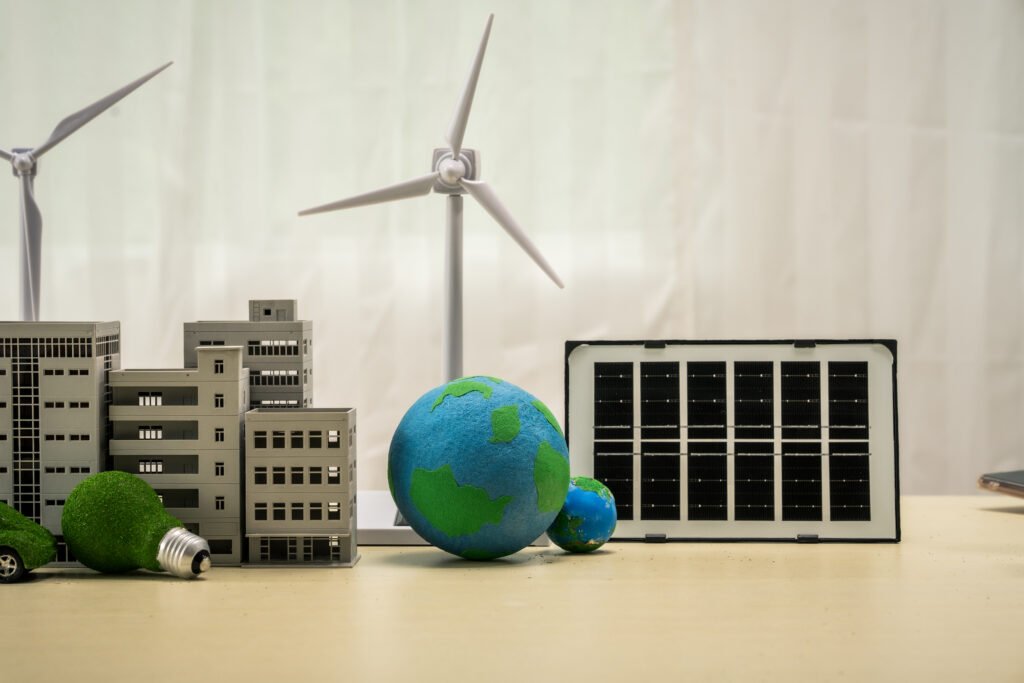
Challenges in Renewable Energy Adoption
Despite renewable energy’s numerous benefits, several challenges hinder widespread adoption. Fluctuations or cyclical interruptions of renewable resources like solar and wind are considered a challenge in the energy system. This challenge, in turn, requires the creation of efficient mechanisms that will allow for energy storage and grid management.
Additionally, regulatory hurdles and a lack of investment can impede the growth of renewable energy projects. In some areas, weak electricity networks and the existing markets hinder the uptake of renewables in energy systems. Hurdles to such courses are magnified by shortages of financial resources and restricted access to technology in the developing world.
Addressing these barriers requires collaboration between governments, the private sector, and local communities to create supportive policies and incentives that facilitate the transition to renewable energy.
Renewable Energy in Developing Countries
Developing countries stand to benefit significantly from adopting renewable energy technologies. Most are in developing areas where millions don’t have access to electricity, let alone clean energy solutions. Renewable energy sources, particularly solar and wind, offer affordable and sustainable solutions for providing electricity to underserved communities.
According to the International Renewable Energy Agency (I.R.E.N.A.), renewable energy could provide electricity to over 1 billion people in developing countries by 2030. Initiatives such as decentralized solar projects and mini-grids are already demonstrating the potential for renewable energy to drive economic development and improve living standards.
Moreover, renewable energy adoption can enhance energy security and reduce dependence on imported fossil fuels. Thus, by investing in local renewable resources, developing countries can promote job generation, support the economic development process, and create a basis for the aforementioned future.
Community-Based Renewable Projects
Community-based renewable energy projects empower local communities to take control of their energy production and consumption. These initiatives often involve cooperative models, where members pool resources to develop renewable energy systems such as solar farms, wind turbines, or biomass facilities.
Community-based interventions have a positive impact on energy security and social and economic integration. Thus, for instance, a report by the World Bank identifies an ability to minimize energy expenses and develop extra revenue sources for those individuals inhabiting a community by embracing community energy projects.
Moreover, these projects can raise awareness about renewable energy and sustainability, fostering a culture of environmental responsibility. As communities engage in renewable energy initiatives, they contribute to the transition toward a sustainable energy future.
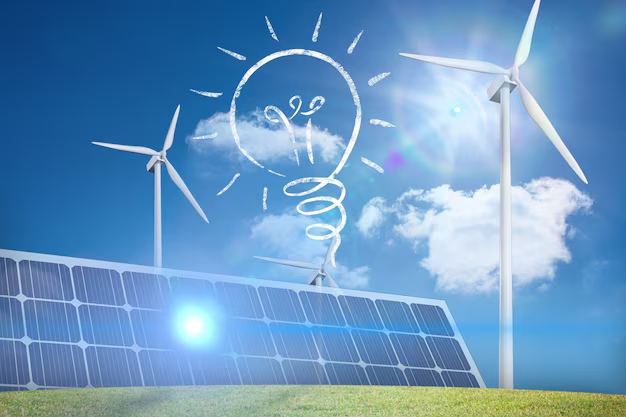
Innovations in Solar and Wind Tech
Innovation in solar and wind technology is driving the rapid growth of renewable energy markets. In solar energy, new technologies, including perovskite solar cells—the future of solar power—and bifacial panels, have improved efficiency and accreditation. Researchers are also seeking ways to incorporate this technology into other structures, including solar windows and rooftops.
In the wind sector, technological advances, particularly in the size and efficiency of wind turbines, are contributing to greater energy yields and a generally lower cost of wind power. Wind power is also being adopted in floating wind farms to accommodate offshore installation in deeper sections where the winds are more pronounced.
Furthermore, advancements in digital technology, including artificial intelligence and data analytics, are improving grid management and optimizing the performance of renewable energy systems. These innovations are critical for enhancing the reliability and scalability of renewable energy solutions.
Transitioning From Fossil Fuels
Transitioning from fossil fuels to renewable energy is essential for addressing climate change and achieving sustainable development. The IEA has stated that the world’s carbon dioxide emissions need to be reduced by as much as 70 per cent by the year 2030 to prevent the planet from warming by more than 2 degrees Celsius.
This transition requires a multi-faceted approach, including phasing out fossil fuel subsidies, investing in renewable energy infrastructure, and supporting workforce development in clean energy sectors. Governments, businesses, and communities must collaborate to create a conducive environment for renewable energy adoption.
Also, information and active participation by the people are required if the transformation is to occur. By fostering a culture of sustainability, society can encourage the adoption of renewable energy solutions and drive meaningful change in the energy landscape.
Economic Benefits of Renewable Energy
The economic benefits of renewable energy are substantial and multifaceted. The sector is a significant job creator, with the International Renewable Energy Agency (I.R.E.N.A.) estimating it employed approximately 11.5 million people globally in 2018, a figure projected to continue growing.
Investing in renewable energy also stimulates economic growth by attracting investments, promoting technological innovation, and enhancing energy security. Raise for the low-carbon economy can create financial opportunities worth $26 trillion by 2030, which was suggested by the Global Commission on the Economy and Climate.
Moreover, renewable energy projects often lead to cost savings for consumers by providing affordable electricity and reducing dependence on volatile fossil fuel markets. Countries can enhance their economic resilience and promote sustainable development by transitioning to renewable energy.
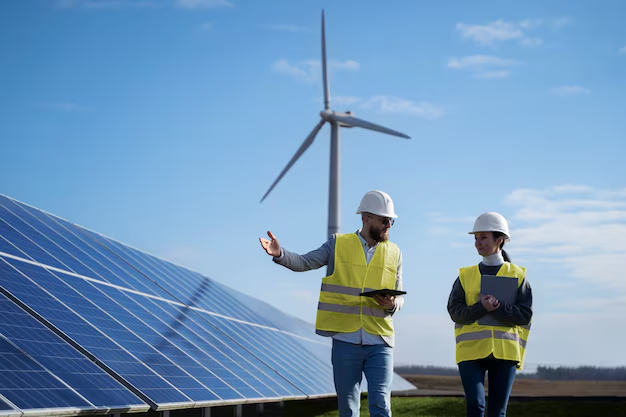
Careers in the Renewable Energy Sector
As the renewable energy sector grows, so does the demand for skilled professionals. Careers in renewable energy span various fields, including engineering, project management, research and development, policy analysis, and environmental science.
According to the U.S. Bureau of Labor Statistics, employment in the renewable energy sector is projected to grow significantly over the next decade, with solar and wind energy jobs expected to grow fastest. Educational institutions and training programs are increasingly adapting curricula to meet the evolving needs of the renewable energy workforce.
Moreover, the shift toward renewable energy offers workforce diversity and inclusion opportunities, as many initiatives aim to engage underrepresented communities in the clean energy transition. Thus, investment in education and training may guarantee appropriate competent employees to meet an increasingly sustainable energy economy.
Renewable Energy and Climate Change Mitigation
Renewable energy is crucial in mitigating climate change by reducing greenhouse gas emissions and promoting sustainable practices. According to the Intergovernmental Panel on Climate Change (I.P.C.C.), transitioning to renewable energy sources is essential for limiting global warming and achieving climate targets set under the Paris Agreement.
The widespread adoption of renewable energy can significantly decrease reliance on fossil fuels, the primary driver of greenhouse gas emissions. By investing in renewable energy technologies, governments and businesses can contribute to a more sustainable future and protect the environment for future generations.
Moreover, renewable energy solutions often promote resilience in the face of climate change impacts, such as extreme weather events and rising sea levels. When societies develop a diverse mix of energy sources, specifically renewables that remain sustainable in the long run, the so-called ‘carbon lock-in’ will be broken, and societies’ ability to adapt to various threats that come with climate change will be strengthened.
Conclusion
The transition to renewable energy sources is a necessity and an opportunity for global progress toward sustainability, economic growth, and climate change mitigation. It is clear that adopting innovations and committing to various forms of energy lead to the establishment of a more vital energy. As governments, businesses, and communities unite in their efforts, the renewable energy landscape will continue evolving, presenting challenges and opportunities. Together, we can harness the power of renewable energy to drive a cleaner, healthier, and more sustainable planet for generations to come.


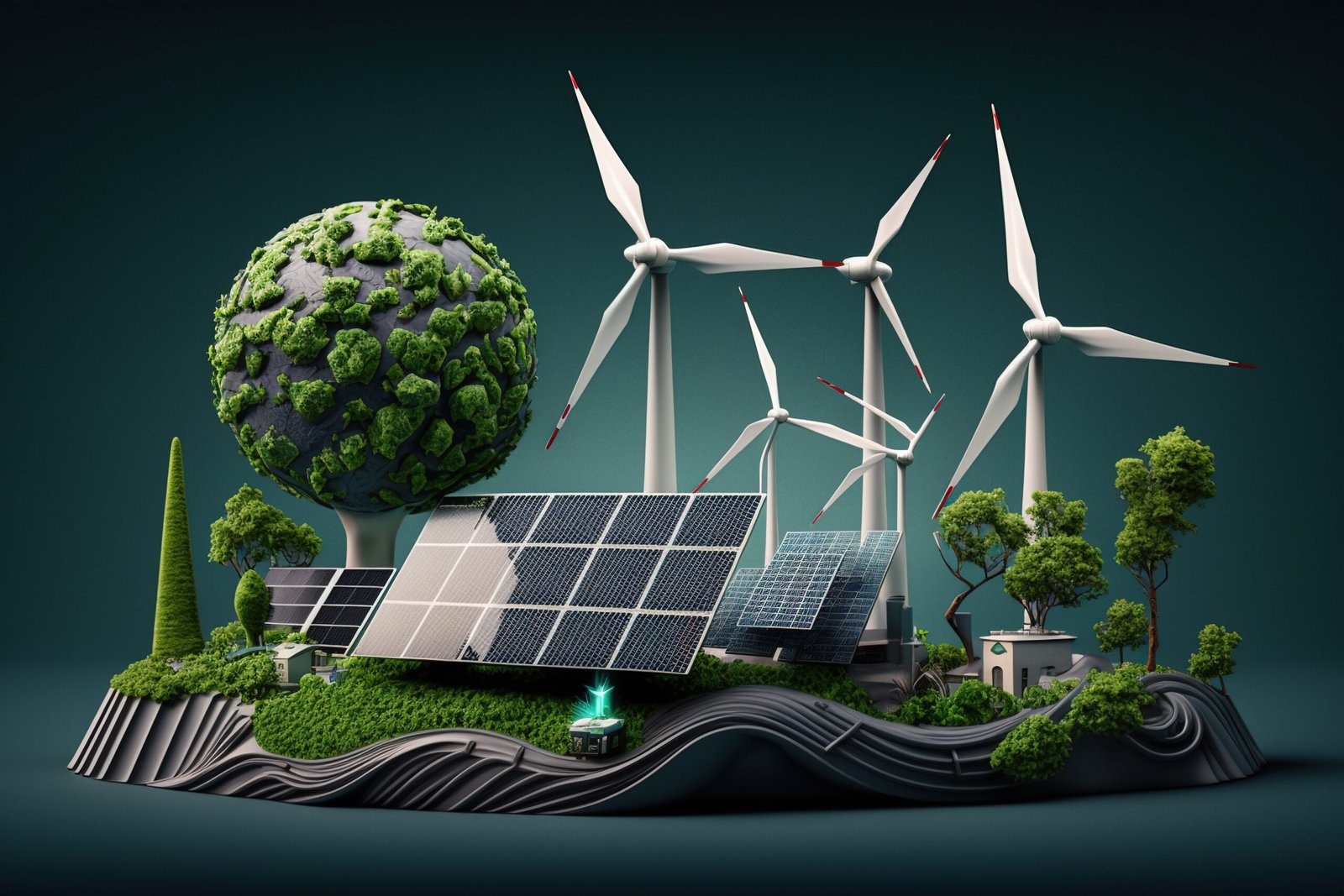




Leave a Reply